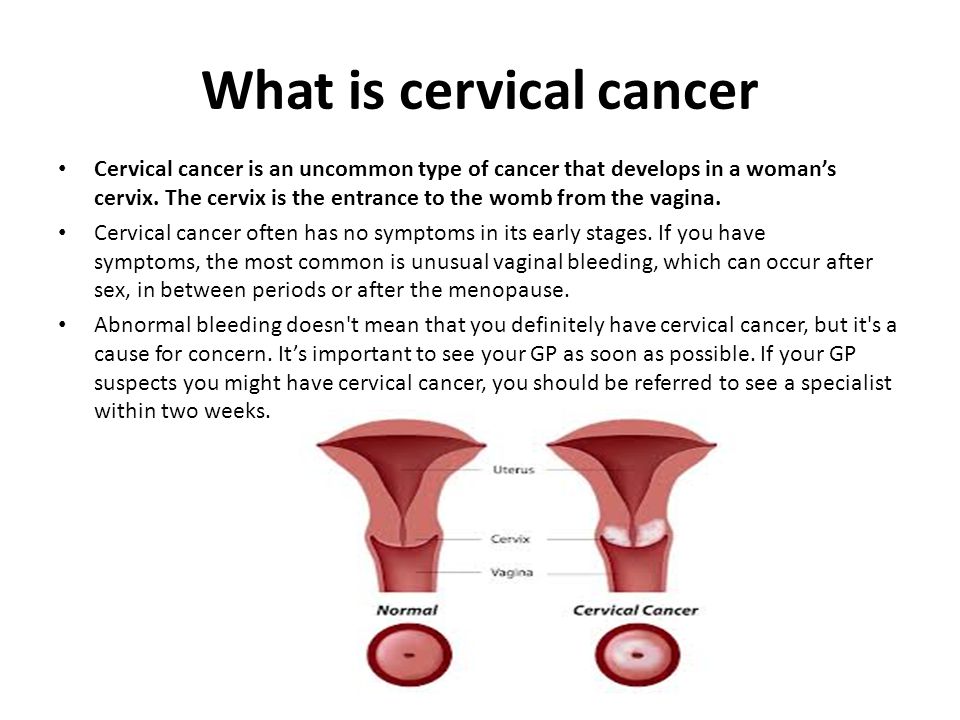What is a cervix for
What is the Cervix and What Does it Do?
January is Cervical Cancer Awareness Month. If you have a cervix, it’s important to stay on top of your cervical health. If you are 21 or older, or sexually active (no matter your age), you should get regular Pap smears. You can talk with your gynecologist to figure out how often you need to go. Typically, it’s every 1 to 3 years, depending on cervical and overall health.
We know we should be keeping up with our cervical health, but what even is the cervix? What does it do? Where exactly is it? What does it look like??
What is the cervix?
The cervix is essentially a tube or passage that connects your vagina to your uterus. The vagina is the internal canal, and your uterus is your womb, where a fetus would develop. The cervix is fairly small, about an inch to two inches, and it’s shaped a little bit like a donut. It’s like a smooth, fleshy donut with a small opening. Think of a small opening on either end that looks like pursed lips.
Although the cervix is fairly small, the actual structure is pretty complex. The low end of the cervix closest to the vaginal opening is called the ectocervix. The middle area that’s like a small tube is called the endocervix or endocervical canal. The opening of the cervix closest to the vagina is called the external Os, and the opening of the cervix closest to the uterus is called the internal Os. The area where the endocervix and ectocervix overlap is called the transformation zone. Sorry to sound so much like a science fiction movie, but those are the names. Who knew there could be so much terminology for such a small body part?
What does the cervix do?
The cervix has many functions, and its health is essential, which is why regular Pap smears are so important.
It helps facilitate pregnancy, clean your vagina, and grows a mucus plug when you’re pregnant. The mucus plug is at the opening closest to the vagina and keeps out bacteria and infection so the fetus is safe.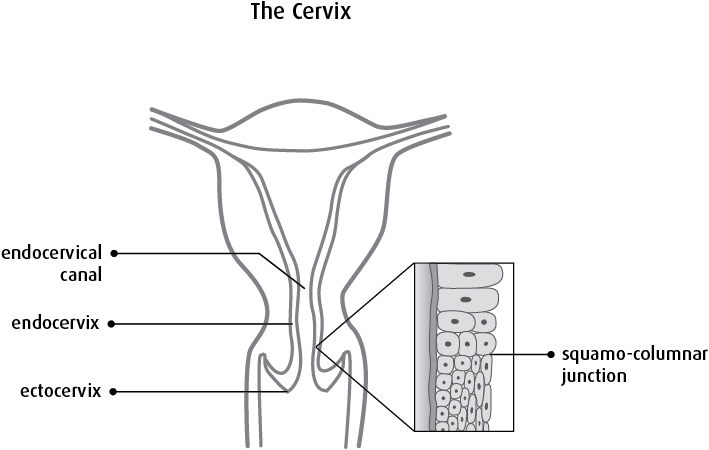
The opening of the cervix is very small and expands only slightly to let discharge, menstrual blood, or sperm pass through. Your cervix is the reason that a tampon or other object doesn’t get lost in your body. The cervical opening only expands to be really large during childbirth.
The cervix is also responsible for creating discharge to help clean your vagina. Discharge, a.k.a cervical mucus, changes throughout your menstrual cycle.
The cervix is smart enough to naturally change its positioning and consistency throughout your cycle. When you’re ovulating and your body releases an egg to be fertilized, your cervix is positioned high up in your body and is soft. Your cervical mucus will be thin and slippery, helping get sperm into your uterus. The softness of the cervix and high positioning near the uterus also helps lead the sperm to your eggs for fertilization. During other points in your cycle when you’re not ovulating, the cervix sits lower in your body and is a bit harder and feels more like the tip of your nose. You can actually feel your cervix if you slowly feel around past your vaginal canal.
You can actually feel your cervix if you slowly feel around past your vaginal canal.
The cervix during sex
Besides being essential to all of functions of reproductive health, the cervix can also serve as a source of pleasure during penetrative sex. Since the cervical opening is so small, it is impossible for it to be penetrated with a penis or sex toy, but it can provide a sense of pleasure if it’s bumped up against during penetrative sex. Because the cervix sits at the top of the vaginal canal, it is pretty far in your body and can only be reached during deep penetration.
For some people the cervix being stimulated during deep vaginal penetration feels awesome and pleasurable, but for some people it can be uncomfortable or even painful. If you ever experience cervical stimulation, pay attention to how it feels and communicate that with your partner so you don’t hurt yourself.
Take care of the small-but-mighty cervix
The cervix is an incredible part of the female anatomy. It keeps bacteria out of your uterus, produces discharge to clean your vagina, and changes its positioning to help facilitate or protect a pregnancy. Because your cervix is so essential to your reproductive and sexual health, make sure you get regular Pap smears. If you’re over 21 or sexually active, contact your gynecologist to figure out how often you should have yours.
It keeps bacteria out of your uterus, produces discharge to clean your vagina, and changes its positioning to help facilitate or protect a pregnancy. Because your cervix is so essential to your reproductive and sexual health, make sure you get regular Pap smears. If you’re over 21 or sexually active, contact your gynecologist to figure out how often you should have yours.
Everything You Need to Know About Your Cervix
13 May 2019
Posted in
- Ask the Doctor
- Health Across Oklahoma
- General Health
- Female Health
You might be surprised to learn how few women are familiar with their own reproductive system.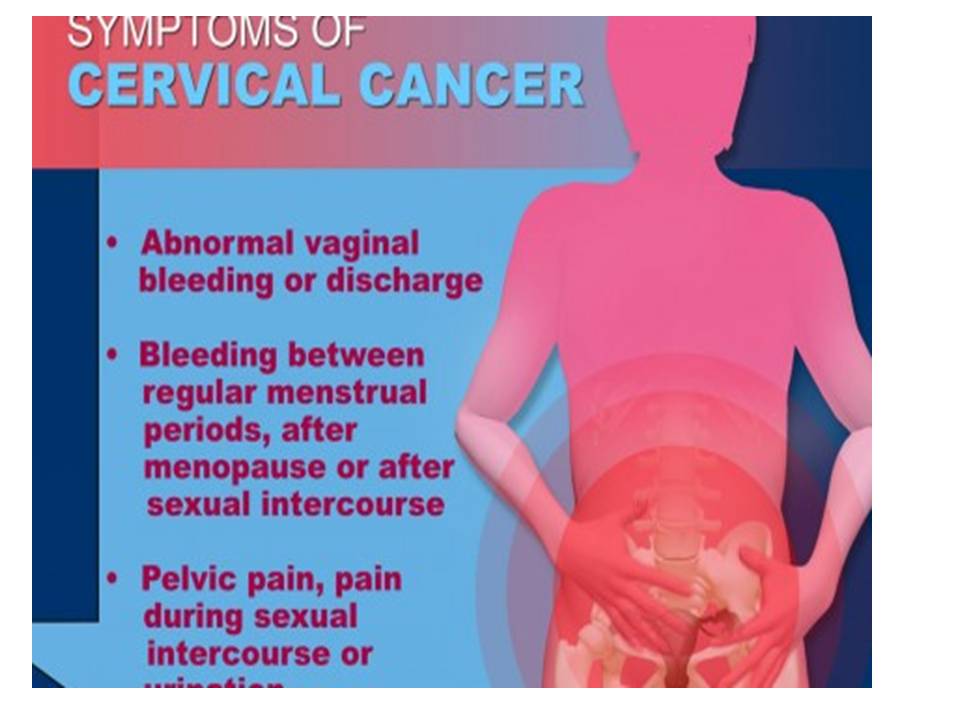 In a recent study, only 44 percent of women were able to correctly identify the cervix.
In a recent study, only 44 percent of women were able to correctly identify the cervix.
Did you know that about 12,000 women in the U.S. are diagnosed with cervical cancer every year? According to the Centers for Disease Control, about 4,000 of diagnosed women die from cervical cancer. This occurs even though there is a vaccine for the most common cause of cervical cancer, which is often underutilized.
This week is Women’s Health Week. Let’s start at the beginning and have an open discussion about what the cervix is, where to find it, and how to keep yours healthy.
What is your cervix and where is it?
Unlike other parts of the female reproductive system like the vagina, ovaries, and labia, the cervix doesn’t get much attention. "The cervix is a part of the uterus," says Dr. Gregory Root, who is an OB-GYN at INTEGRIS Canadian Valley Hospital in Yukon. "It is located at the end of the vagina and acts as the opening point into the uterus where sperm can travel to reach eggs and potentially lead to fertilization. "
"
The cervix makes up the lower third of the uterus and connects to the vaginal canal. It isn’t very large, only about 3-5 centimeters thick and 2-3 centimeters across.
What does your cervix do?
The cervix acts as the door to the uterus which sperm can travel through to fertilize eggs. When your body is not carrying a child, your cervix helps keep unhealthy things out of your body, like tampons and bath water. When you’re pregnant, the cervix helps keep the baby in place until it’s fully developed.
"The cervix has many functions," Dr. Root says. "Probably the most important is its role in childbirth. The cervix is needed to prevent preterm labor and cue the body to dilate at the right time and enable a child to be born vaginally."
The shape and color of your cervix varies slightly throughout your menstrual and life cycles.
How do you take care of your cervix?
Since your cervix is vital to feminine health, it’s important to do your best to keep it healthy and functioning properly.
"The cervix is usually damaged through childbirth," Dr. Root says. "There is also concern for the cancer-causing risks of attracting the human papillomaviruses (HPV) through unprotected sexual intercourse."
Damage caused during childbirth can heal as the body does, while at other times it may need help from your doctor. If this happens to you or a loved one, it’s important to talk with your doctor and follow his or her advice. Future childbirth can become more difficult if the cervix doesn’t heal properly.
HPV is a common virus with many variations, which are all spread by skin-to-skin contact and can be passed from one person to another through unprotected sexual intercourse. While some types of HPV can cause changes to a woman’s cervix that can have deadly effects over time, other types cause skin or genital warts.
Generally, a woman’s body will clear the HPV from her system quickly, but this is not always the case. The deadly form of the HPV virus begins to change the cells from normal to abnormal — and while the abnormal cells can often be healed by the body — they could also lead to cervical cancer if not found by a doctor and removed.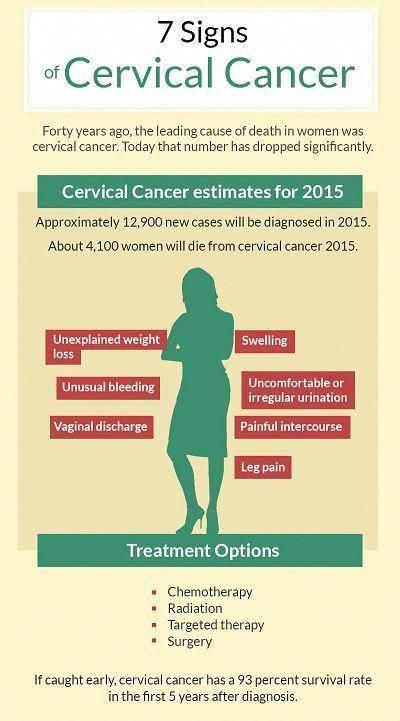
"If the HPV virus is contracted, it can lead to cervical cancer which is one of the deadliest cancers in the world," Dr. Root says. "There is no pill or medication to rid your body of cancer-causing HPV. Safe sex using the protection of a latex condom is of utmost importance."
How do you avoid cervical cancer?
Even though cervical cancer is extremely deadly if not detected until it has advanced, it's easy to prevent and treat with early detection.
Once a woman is 21 years old, or when she becomes sexually active, it’s important to see an OB-GYN to begin screening with Pap smears. If abnormal cells are detected in early stages, actions can be taken to remove them before they even turn into cancer.
Another step to prevent cervical cancer is to get a series of highly effective shots developed for cervical, vaginal, penile and anal cancer protection. The HPV vaccine is available for both men and women and is most effective if given to a person before he or she becomes sexually active.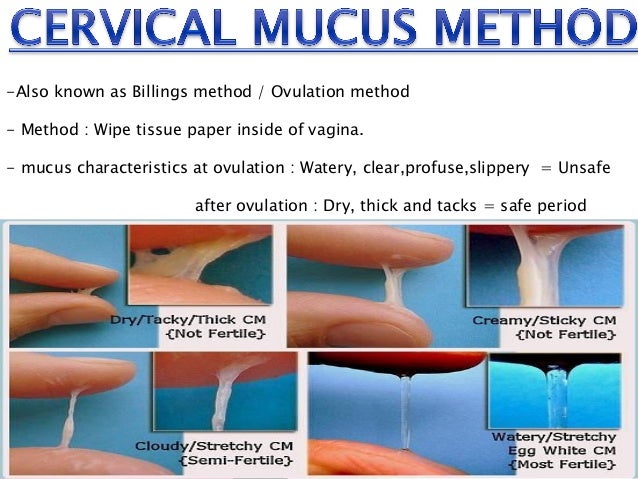 A study published in the journal Pediatrics shows that in the decade since the vaccine became available, there has been a sharp decline in the number of U.S. women who enter adulthood infected with HPV.
A study published in the journal Pediatrics shows that in the decade since the vaccine became available, there has been a sharp decline in the number of U.S. women who enter adulthood infected with HPV.
"It’s so important," says Dr. Root. "The CDC recommends all women should receive the vaccination. Around the age of 12 years old is the ideal time to receive it, but it is thought to be beneficial up to the age of 40."
How big is the problem of cervical cancer in Oklahoma?
"People still die every year in the state of Oklahoma from cervical cancer," Dr. Root says. "Reasons like under-vaccination, the unavailability of Pap smear screening to low-income populations and non-compliance with screenings are often the cause."
To keep your cervix healthy and whole, get vaccinated, use safe sex practices with a condom, and get screened by your doctor. If you don’t have a doctor or are looking for a new one, visit the INTEGRIS Health website for resources.
Share this page
Cervix: general information, structure
Consultation with a specialist:
The structure of the cervix and its functions
The organ has a cylindrical shape, and its inner part is a hollow “tube” lined with epithelial tissue.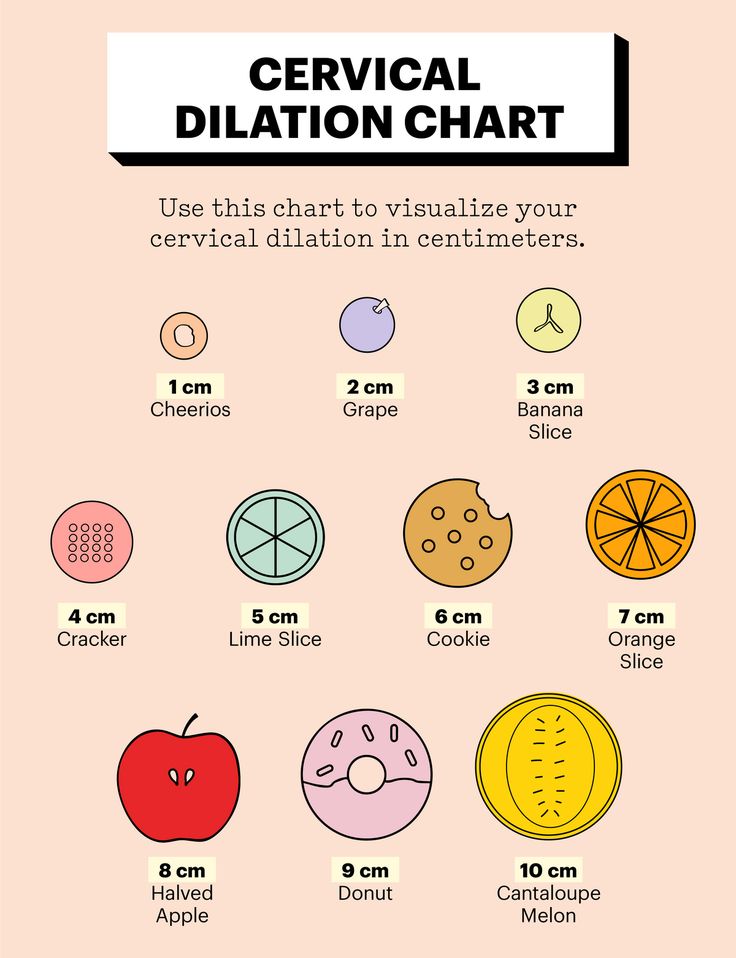
The cervix is divided into two regions:
- Vaginal. Enters the vaginal cavity. It has a convex shape. Lined with stratified squamous epithelium.
- Supravaginal. Lies above the vagina. Lined with columnar epithelium.
The area where the squamous epithelium of the vaginal part changes to the cylindrical epithelium of the cervical canal is called the transformation zone.
The cervical canal is the central part of the cervix. It has an internal pharynx that goes to the body of the uterus, as well as an external one facing the vagina - it is seen by the gynecologist when examining the patient. In nulliparous women, the external os has a round or oval shape, in those who have given birth, it is slit-like. The channel always contains a certain amount of mucus.
Cervical mucus is a biological fluid, the importance of which in a woman's reproductive health can hardly be overestimated.
It has antibacterial properties and prevents penetration into the uterine cavity infection. When a woman becomes pregnant, the cervical canal is closed with a dense mucous plug, which reliably protects the fetus from pathogenic microorganisms.
When a woman becomes pregnant, the cervical canal is closed with a dense mucous plug, which reliably protects the fetus from pathogenic microorganisms.
The rheological characteristics of cervical mucus change depending on the woman's monthly cycle. During ovulation and menstruation, it becomes more fluid. In the first case, it helps the sperm to move through the canal, which means it promotes conception. In the second, it facilitates the outflow of menstrual blood.
Call now
+7 (495) 215-56-90
Sign up
Pregnancy cervix
The task of the cervix during this period is to protect the fetus from infection and prevent abortion or premature birth.
Shortly after conception, the following changes occur in it:
- The pink surface of the channel becomes bluish due to the increased pattern of blood vessels. This is facilitated by intensive blood circulation in the uterus.
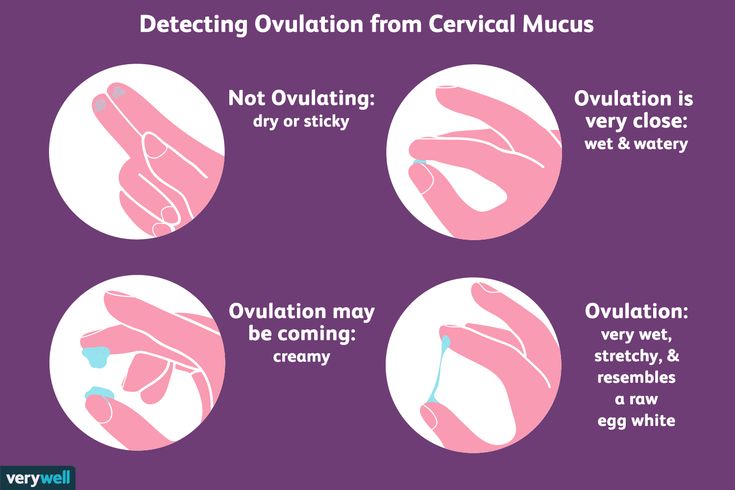
- The mucous membrane becomes softer. This is also due to increased blood circulation and mucus secretion.
- The cervix descends lower, and the lumen of the canal narrows and is tightly “sealed” with a cork.
According to these changes, the gynecologist can visually determine pregnancy a few weeks after conception.
As the fetus develops in the womb, the length of the cervix gradually decreases. It is very important that it matches the gestational age, since a too short neck can threaten miscarriage or premature birth.
In the third trimester, the cervix becomes shorter, softer, and closer to childbirth, it begins to open slightly. The mucus plug may come off within a few weeks of labor.
Cervix and childbirth
Before the onset of active labor activity, the organ shortens to 1 cm and its anatomical position changes. The neck, previously directed slightly backward, moves to the center and is located under the head of the child.
As labor proceeds, the cervix shortens and smoothes, and its lumen gradually opens so that the baby's head can pass through it. Full dilatation of the cervix - about 10 cm.
At the first birth, the internal os opens first, and then the external one. With subsequent disclosure occurs at the same time, so childbirth is faster.
Diseases of the cervix
Diseases of this organ are divided into the following types:
- Background - not associated with malignant processes.
- Precancerous (dysplasia) - there are areas with damaged cell structure (atypical cells), but without malignant changes.
- Cancer - malignant changes in the cellular structure.
Most of the diseases of the cervix occur without symptoms. In some cases, they may be accompanied by increased discharge, discomfort during sexual contact, bloody discharge. But even cervical cancer can give severe symptoms only at a late stage, when the disease is difficult to treat.
Cervical pathology can only be detected by specialized methods during a gynecological examination.
These methods include:
- Cytology smear (PAP test). Allows you to suspect the presence of atypical cells and the degree of their damage, to identify the inflammatory process in the cervix. Based on the results of the Pap test, further examination of the patient is performed.
- Colposcopy. Visual examination of the mucous membrane of an organ using an optical device - a colposcope. During colposcopy, various tests can be performed to identify damaged areas, as well as a tissue fragment (biopsy) is taken to perform a histological examination.
- Histological analysis. The study of the cellular structure of the selected biomaterial under a microscope. The diagnosis of "dysplasia" and "cervical cancer" can only be made based on the results of histology.
- Flora smear. It is performed to identify pathogenic flora and determine its sensitivity to antibiotics and antimycotics (antifungal drugs).
 The analysis is necessary for organizing the treatment of inflammatory processes.
The analysis is necessary for organizing the treatment of inflammatory processes.
Your doctor may also order blood tests for sexually transmitted diseases (STDs) and human papillomavirus (HPV). Some strains of HPV are oncogenic and provoke dysplasia and cervical cancer.
Oncological processes of the cervix are formed rather slowly, passing through three stages of dysplasia - mild, moderate and severe. And even the third degree of dysplasia can be treated with full preservation of the reproductive function of a woman.
Early stage cervical cancer also has a favorable prognosis for the patient if treatment was started on time. Whether the organ will be preserved at the same time, the doctor decides according to indications.
At later stages, a radical hysterectomy is practiced - removal of the uterus with appendages, pelvic lymph nodes and the upper region of the vagina.
We repeat that dysplasia and subsequently cervical cancer develop slowly, almost asymptomatically, but are easily diagnosed during a medical examination.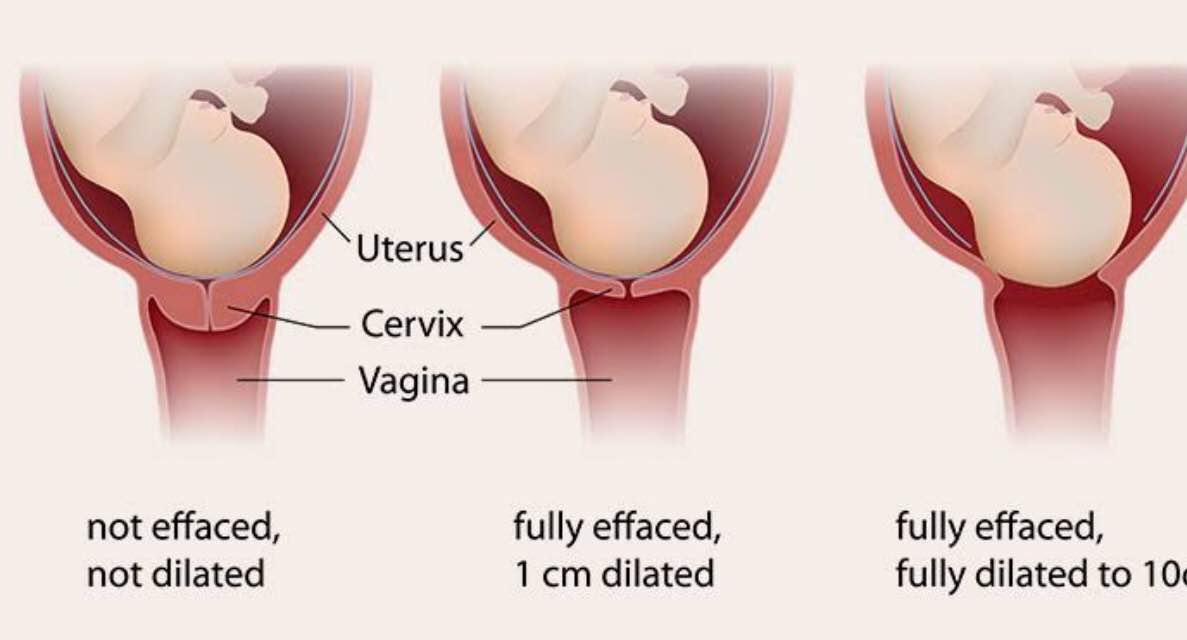 Whether a woman gets this type of cancer or not is largely a matter of her personal responsibility. An annual visit to a gynecologist for preventive examinations will protect you from this serious illness and preserve your reproductive health.
Whether a woman gets this type of cancer or not is largely a matter of her personal responsibility. An annual visit to a gynecologist for preventive examinations will protect you from this serious illness and preserve your reproductive health.
Call now
+7 (495) 215-56-90
Make an appointment
About clinic
Otradnoye Polyclinic is the largest multidisciplinary medical center in Moscow.
About 3,500 types of medical services for adults and children are provided on 4 floors in one building. More than 80 doctors serve thousands of patients per month.
The services of the center are available to all segments of the population, and treatment and diagnostic procedures are carried out according to modern protocols.
Our clinic has a diagnostic base for a complete examination, and surgeons perform operations both on an outpatient basis and in a well-equipped hospital.
We also offer a wide range of physiotherapy and dental services. And modern cosmetology techniques will help restore beauty.
The professionalism of our doctors and warm human attitude create all the conditions for fast and high-quality diagnostics, treatment and rehabilitation.
Read more
Why us?
All services in one building More than 4400 medical services
for the whole family
Affordable prices High quality treatment
at a reasonable price
good doctors More than 70 doctors
with extensive experience
Quality service Respectful attitude
to each patient
The cervix will tell everything about women's health
September 21, 2017
Author of the article: Pchelnikova Marina Anatolyevna, obstetrician-gynecologist, gynecologist-endocrinologist
Reading time: 2 minutes
No time to read?
6040 views
Although ladies, unlike men, are more reverent about their health, they tend to self-medicate, finding recipes on the Internet and from girlfriends.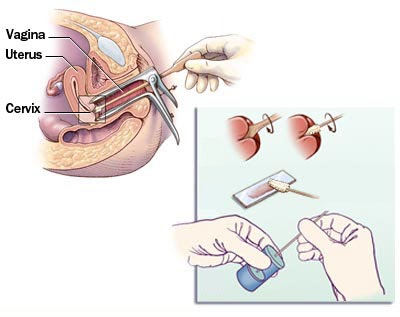 Even when it comes to the intimate sphere. Gynecologists very often have to deal not so much with the disease as with the consequences of self-treatment.
Even when it comes to the intimate sphere. Gynecologists very often have to deal not so much with the disease as with the consequences of self-treatment.
The intimate sphere of a woman is unique in that it reflects all her habits, lifestyle, important events and much more. As many specialists in the field of gynecology note, the examination and treatment of the cervix is an interesting and even fascinating process. The cervix is an open book, by which one can understand how a woman grew, how she matured, what her hormonal background was, what she was sick with, how she gave birth. It's like an open book, which, even without a survey, anamnesis, allows you to get a huge amount of information about the life, health and well-being of a lady.
Every year, more than 500,000 women in the world are diagnosed with cervical cancer for the first time. The main reason is untimely or poor-quality diagnostics.
Risk group
The risk group includes women who have an early onset of sexual activity, have many sexual partners, women who have had sexually transmitted infections and who have not been very effectively treated.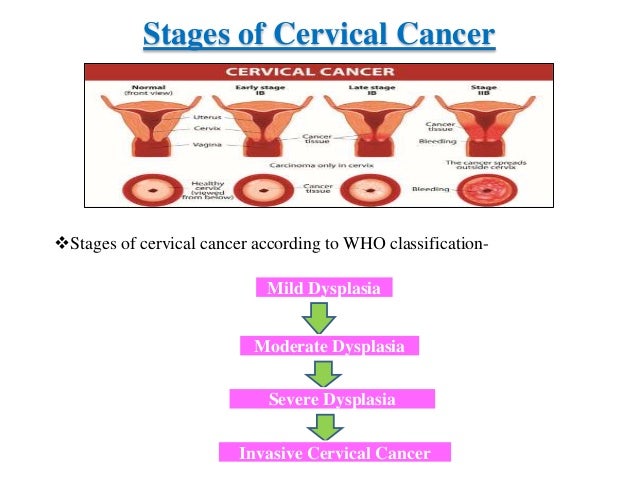 There is a high probability of detecting various pathologies and diseases of the cervix in women with chronic diseases of the female genital area, frequent exacerbations and relapses. Women who are carriers of the papillomavirus - one of the causative agents of oncological diseases, are also at risk
There is a high probability of detecting various pathologies and diseases of the cervix in women with chronic diseases of the female genital area, frequent exacerbations and relapses. Women who are carriers of the papillomavirus - one of the causative agents of oncological diseases, are also at risk
Prevention of pathologies and diseases of the cervix
And again about prevention. Many preventive measures can be offered. This is a healthy lifestyle, and vaccination against the human papillomavirus. But the simplest and most effective is a periodic preventive examination. Don't be lazy! This should be done at least twice a year and, which is very important, with the same “own” gynecologist. In order to assess your condition in dynamics.
A preventive examination should include not only screening studies, such as oncocytology, but also extended colposcopy, ultrasound of the pelvic organs. And if, during the examination, suspicious formations are detected, it is mandatory to do a blood test for a tumor marker.
Thus, it is the timely examination of the cervix that is the main preventive measure to prevent cancer, diseases of the cervix that lead to chronic cervicitis. The latter, if left untreated, can lead to serious consequences, including infertility.
Do not get treated on the Internet
A consultation with a gynecologist should become the same habit as brushing your teeth twice a day. Therefore, the most important thing is the proper upbringing of girls. From a young age, periodic medical examinations, as mentioned above at least twice a year, should become the norm. And in no case, when it comes to such a delicate area as intimate health, one should not self-medicate. Trust in false authorities, the Internet can lead to the fact that a girl will lose the ability to give a new life, to become a mother. And, in fact, because of the reasons that are very easily eliminated with early diagnosis and a professional approach. The Internet is not a doctor, it cannot determine the individual characteristics of the body, collect anamnesis and diagnose the disease.
Specialists of the clinic "Medservice" - gynecologists carry out a thorough examination of their patients, their dynamic monitoring, including accompanied by related specialists. We have at our disposal the whole range of the necessary expert-class diagnostic equipment, which allows us to identify the nature of pathologies at the earliest stages. Under these conditions, if the lady observes the frequency of visiting a gynecologist, the restoration and preservation of women's health becomes a pleasant and productive process.
| To the list of articles | Share article: |
Author of article
Pchelnikova Marina Anatolievna
obstetrician-gynecologist, gynecologist-endocrinologist
The specialist is distinguished by a comprehensive, interdisciplinary approach to the problem of women's health, combining the methods and tools of gynecology, endocrinology and other areas of medicine. She pays great attention not only to the physiological problems of a woman, but also to her inner world, the restoration of spiritual and spiritual harmony and integrity of a person.
She pays great attention not only to the physiological problems of a woman, but also to her inner world, the restoration of spiritual and spiritual harmony and integrity of a person.
M.A. Pchelnikova, along with the latest methods, uses time-tested recipes of traditional medicine, homeopathy and oriental practices for restoring health. He has a high level of patient confidence, which he considers one of the factors for the effectiveness of consultations and treatment. “After consultations with Marina Anatolyevna, as if wings grow, we begin to fly,” some patients say.
Other articles by the author
September 8, 2019
Radiosurgery in gynecology
Radiosurgery is an effective and simple surgical technique that uses radio waves as a knife. The article discusses examples of the use of radiosurgery, including in the Medservice clinic
Read
September 25, 2017
Modern aspects of the clinical course and treatment of bacterial vaginosis
Half of the women complain of a specific discharge that has a pungent odor, a grayish color and does not have lumps.
Read
February 15, 2022
Everything OK or correct selection of oral contraceptives
Ekaterina Bakaeva, an obstetrician-gynecologist at the Medservice clinic (Izhevsk), talks about the rules for choosing oral contraceptives.
Read
October 5, 2019
Hormone therapy in menopause: what to do first
The climacteric period is the period of extinction of the reproductive function of a woman, the period of natural aging of the body. It combines three periods: premenopause, menopause and postmenopause. Premenopause usually begins at 45-47 years of age. The average age of menopause is 50 years, it is detected retrospectively, not earlier than one year after the last menstruation.
Read
Recent publications
August 16, 2022
Answering questions about infertility treatment
Every fifth couple in Russia faces the problem of infertility.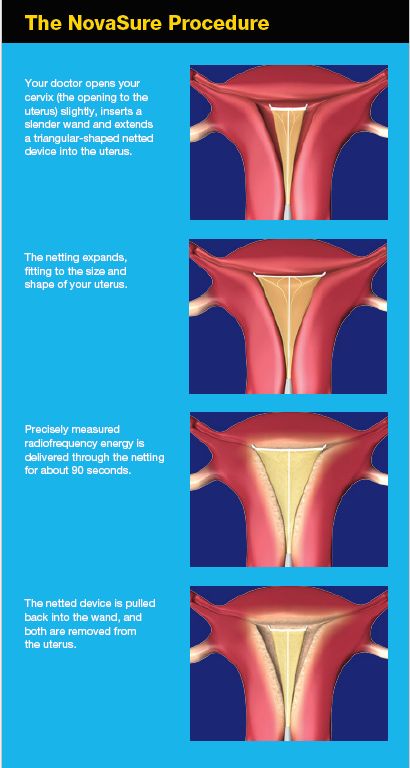 At the same time, it is important not to waste time. Statistical studies have shown that the main medical causes of infertility in 36% of cases were problems with ovulation, in 30% of cases - obstruction of the fallopian tubes and in 18% - endometriosis.In this article, we will answer questions about the causes and treatment of infertility.
At the same time, it is important not to waste time. Statistical studies have shown that the main medical causes of infertility in 36% of cases were problems with ovulation, in 30% of cases - obstruction of the fallopian tubes and in 18% - endometriosis.In this article, we will answer questions about the causes and treatment of infertility.
Read
April 24, 2022
Habits to help lower blood pressure
With high blood pressure, vulnerabilities appear in the arteries, where atherosclerotic plaques quickly form. In this case, there is a risk of damage to them. This is a life-threatening phenomenon. When this happens, a blood clot, a thrombus, immediately forms around the atherosclerotic plaque. It blocks the flow of blood to parts of the body.
Read
August 14, 2022
Inflammatory diseases of the reproductive system
Female inflammatory diseases are one of the most urgent problems of modern gynecology.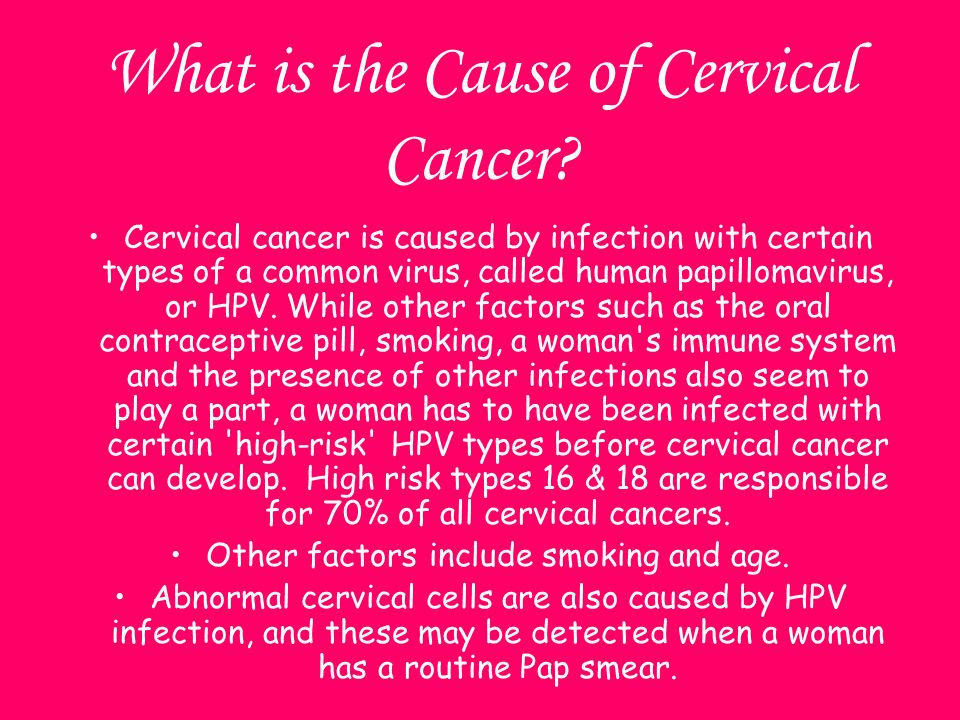 To stay healthy and avoid unwanted problems, every woman should have an examination by a gynecologist once a year.
To stay healthy and avoid unwanted problems, every woman should have an examination by a gynecologist once a year.
Read
April 12, 2022
Many changes in the structure and functioning of the female organs are asymptomatic at first
Most people do not pay attention to health, because this is our normal state. We don't notice it. After all, health is a state of the body when there is no disease and nothing hurts. And this inattention sometimes costs us dearly. Often, in some hospitals, a person can hear from a doctor that if there is no illness, then he is healthy, and there is nothing for us to do with you. But the gynecologists of the Medservice clinic (Izhevsk) are sure that women's health needs their attention, it needs to be maintained and strengthened. A stable, calm life filled with bright colors and emotions directly depends on physical and reproductive health.
Read
March 20, 2022
We treat pain without drugs
The Medservice clinic (Izhevsk) successfully uses the modern method of interstitial electrical stimulation (VTES). It helps to treat pain and eliminate muscle spasms in diseases and injuries of the musculoskeletal system and peripheral nervous system. The technique is especially effective in the treatment of chronic pain syndrome.
It helps to treat pain and eliminate muscle spasms in diseases and injuries of the musculoskeletal system and peripheral nervous system. The technique is especially effective in the treatment of chronic pain syndrome.
Read
March 12, 2022
Postcovid syndrome in children. A pediatric neurologist tells
We are used to the fact that children easily tolerate a new coronavirus infection. But, as the experience of doctors who monitor young patients shows, the disease does not pass without a trace. What is the peculiarity of post-covid syndrome in children? Tells a pediatric neurologist at the Medservice clinic
Read
February 27, 2022
What does a pediatric neurologist treat and when to see him
We all want to see our children successful and happy people. And in many ways, their life path depends on health and it must be taken with all responsibility. From the first days of the birth of a new life, it is desirable to form correct and healthy habits. Both for myself and for the child. And a pediatric neurologist will help you with this.
And in many ways, their life path depends on health and it must be taken with all responsibility. From the first days of the birth of a new life, it is desirable to form correct and healthy habits. Both for myself and for the child. And a pediatric neurologist will help you with this.
Read
January 20, 2022
Headache: when it's all about the vessels
“Why does my head hurt” is one of the most popular queries in Internet search engines. But self-medication is a dangerous practice. Headaches often indicate the development of life-threatening pathologies and diseases, and their diagnosis - establishing the root cause of symptoms - is not only the prerogative of professional doctors, but also requires high-tech diagnostics.
Read
Popular clinic articles
March 22, 2019
Will the child be clubfoot if the mother sat cross-legged during pregnancy
All peoples have long shown great interest in the birth of a new life, the bearing of a child and childbirth. And no matter how far medicine has stepped today, we still perceive pregnancy as a sacred sacrament, the magic of nature. Until our time, many signs and superstitions associated with intrauterine development and growth of the baby have been preserved.
And no matter how far medicine has stepped today, we still perceive pregnancy as a sacred sacrament, the magic of nature. Until our time, many signs and superstitions associated with intrauterine development and growth of the baby have been preserved.
Read
March 23, 2022
Inhale-exhale: how to quickly check the quality of your breathing
We cannot stop breathing, no breath means no life. To be healthy and energetic, you need to have even and easy breathing. What is your breath like? Maybe you don't know something about yourself? This test should help determine if you have respiratory problems.
Read
March 23, 2022
Pain in the arm turned out to be a symptom of a life-threatening illness
A 53-year-old woman addressed a neurologist at the Medservice clinic (Izhevsk) with complaints of severe pain in her left shoulder, neck, and supraclavicular region radiating to her left arm.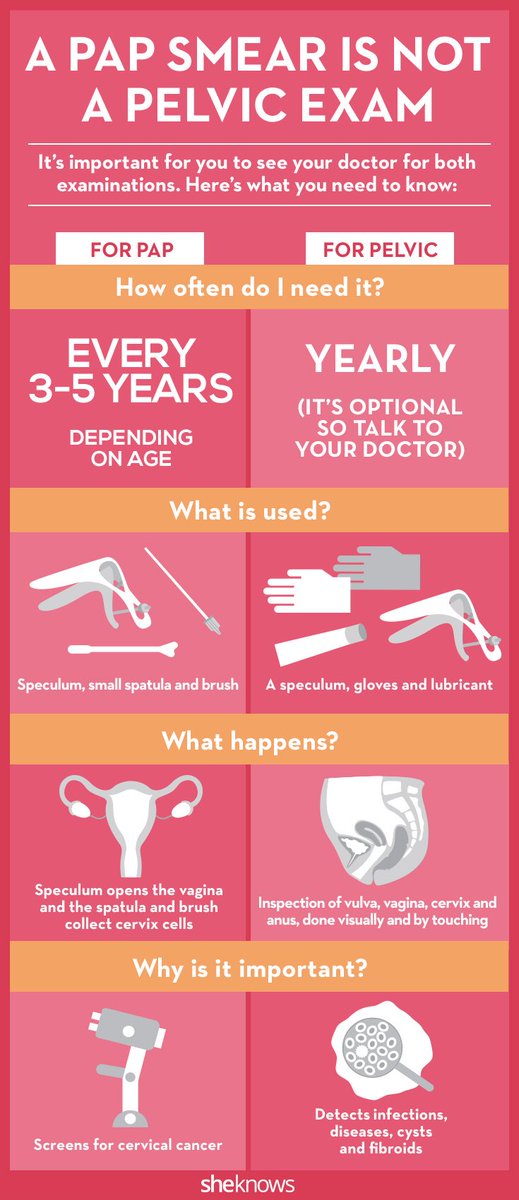 It turned out that it was a symptom of a life-threatening disease.
It turned out that it was a symptom of a life-threatening disease.
Read
September 19, 2021
How to recover from COVID-19
For most of those who have encountered COVID-19 or suffered from viral pneumonia, the question arises - how to return to their usual way of life, work, physical activity? Weakness, distracted attention, apathy or even panic - this is not a complete list of what you have to deal with. Sometimes the complications that the virus leaves behind can lead to more serious consequences.
Read
September 19, 2021
Easy to check lungs
This test should help determine if you have respiratory problems. Find out about the quality of your breathing by answering the following questions.
Read
March 23, 2022
SARS masks
Inflammation of the lungs "learned" to disguise itself.